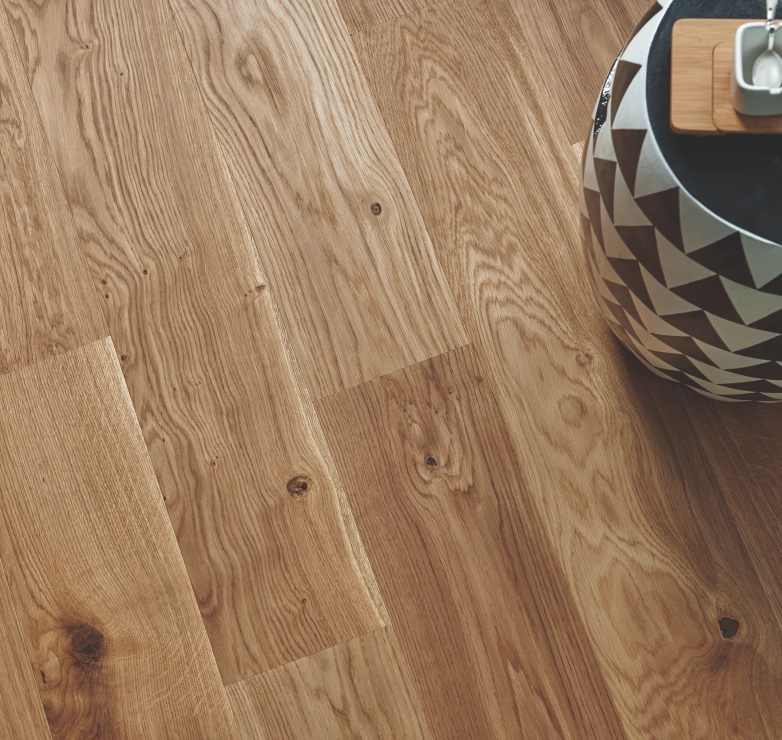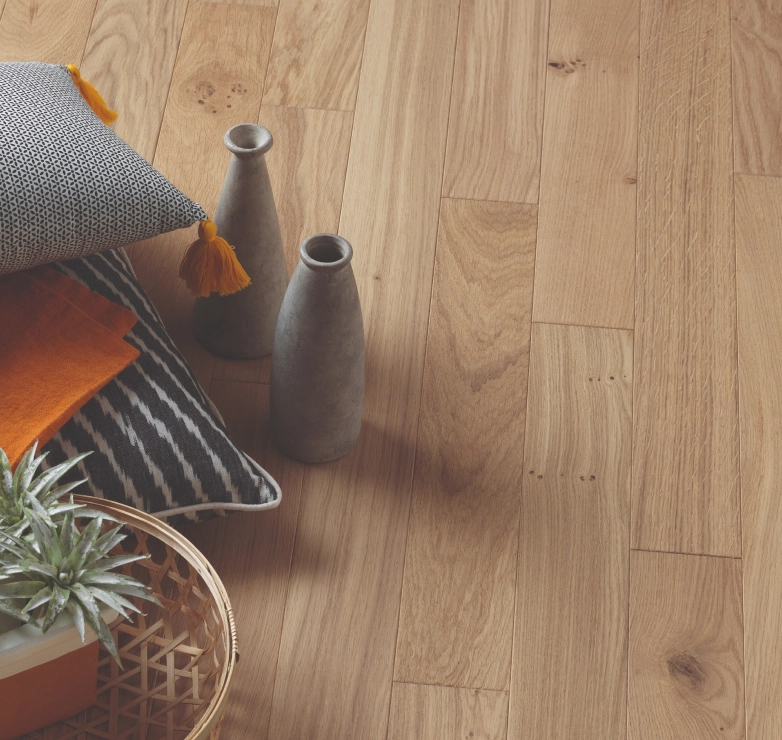Measuring your room for hardwood flooring isn’t as complicated as it may first seem, and though there are many professional services out there that will measure your room for you, something that we ourselves offer as part of our installation service, you’ll want to have a good idea as to how much flooring you’ll need before you even make a purchase, especially if you are working within a tight budget.
The only tools you will need to get started is a tape measure, a pen and paper and an extra pair of hands to help ensure that your measurements are accurate.
Most, if not all, wood flooring is sold in square metres, so you’ll need to work out the square meterage of the room in which you are having hardwood flooring installed.
To do this, you will simply need to measure the length and breadth of the room then multiply these numbers by one another. For example, if the length of the room is 6m and the breadth is 4m then the square footage would be 6m x 4m, which is 24m².
To get your final figure, you then need to factor in the cutting and fitting waste by adding approximately 5-10% to the total size of the room. Using the above example, this would mean adding 10% of 24 which would take the total amount of hardwood flooring needed for the room to 26.4m².
Remember, it is always better to order too much flooring and return what’s left than to not have enough to complete the job.
MEASURING IRREGULAR SHAPED ROOMS
Unfortunately, it isn’t always quite as simple as taking two measurements because most rooms are not just a regular square or rectangular shape.
When a room is an L-shape or has irregularities, such as alcoves or a bay window area, getting the total room size is a little more complicated.
You should start by drawing a sketch of the room and sectioning off each area of the room into a more manageable square or rectangular shape. By breaking up the room into four or five regular shapes, it’s far easier to make the final calculation.
You can measure the length and width of each section, then multiply those two numbers together to get the square footage. You’ll then just need to add these final numbers together to get the overall size of the room.
For example, you may split an L-shaped room into two sections and find that the square footage for each section is 12m² and 8m². Once added together, you’ll find that the total size of the room is 20m².
Again, you’ll need to add the 10% waste factor to get the final square footage of hardwood flooring needed for the room.



